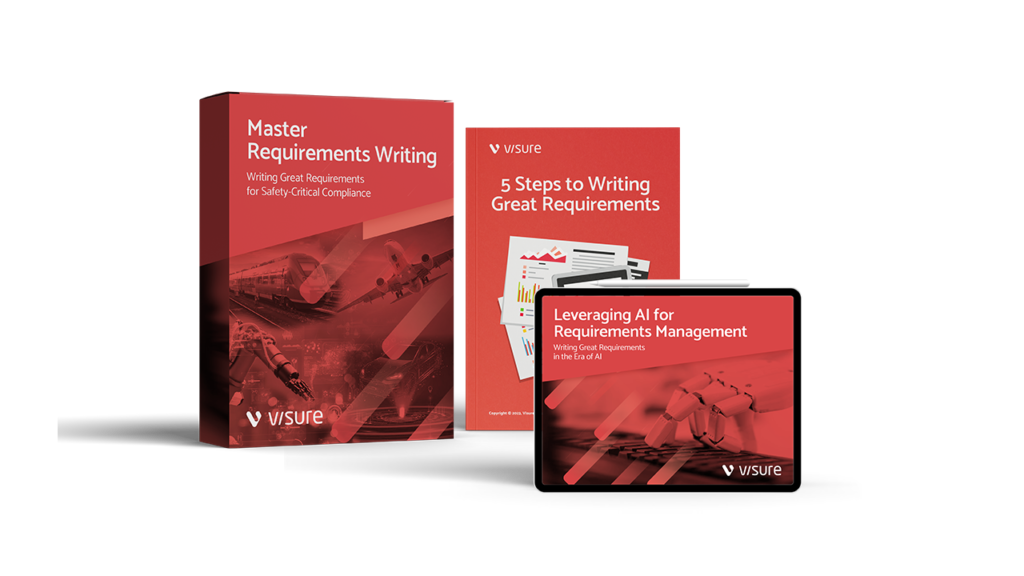Introduction In modern software engineering, ensuring product quality goes far beyond just detecting defects. This is where Verification and Validation (V&V) in Software Testing play a critical role. Often used interchangeably, verification and validation serve two distinct yet complementary purposes within the Software Development Life Cycle (SDLC). Verification focuses on evaluating whether the software is […]
Read More… from Verification and Validation in Software Testing
